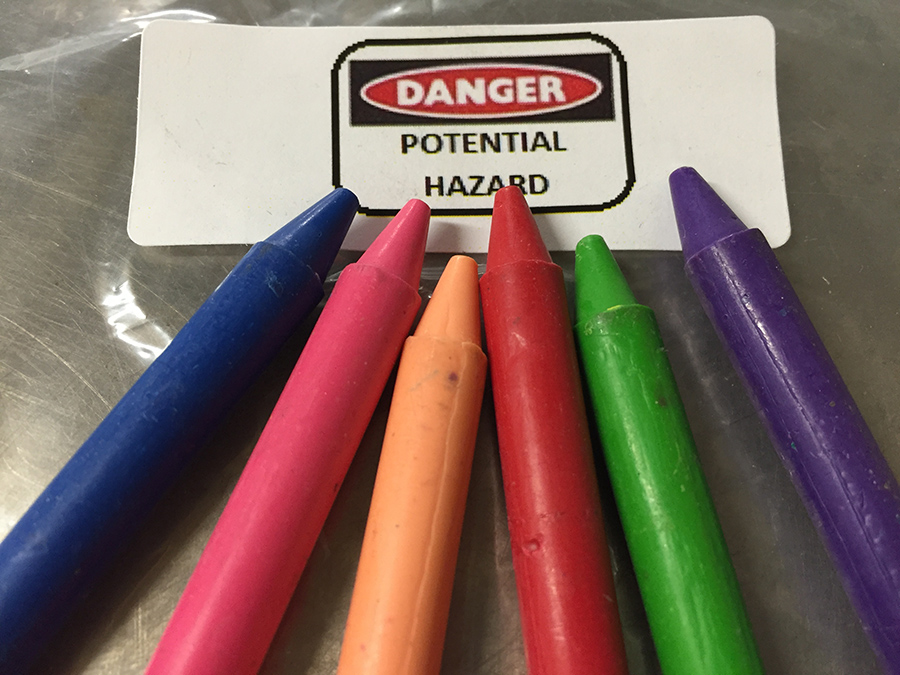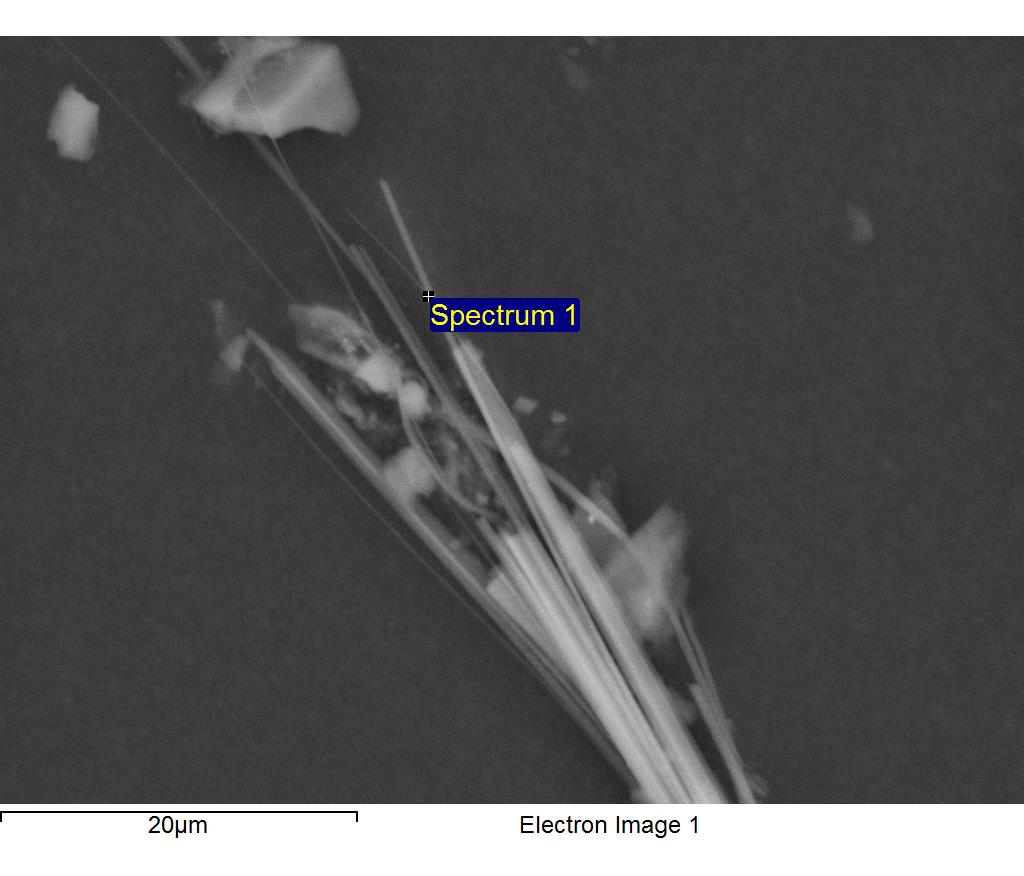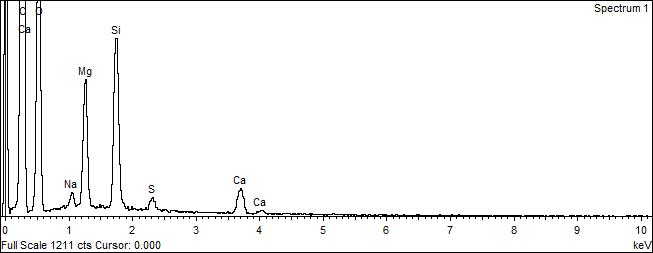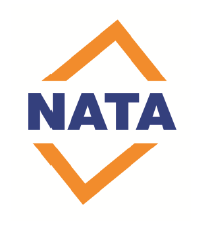
News coverage¹ of asbestos fibres detected in children’s crayons this month may have come as a surprise to some in Australia but the contamination problem has been known for much longer. Back in August 2000, the Consumer Product Safety Commission (CPSC) in the USA² released a report detailing that asbestos fibres had been detected in a range of children’s crayons, manufactured locally and imported. The Australian Competition and Consumer Commission (ACCC) released a statement this week³ on the asbestos crayons analysed in Australia.
Although both the CPSC and the ACCC reports asserted that the risk was low based on air monitoring during typical use and that “asbestos in fixed within the crayon wax”, the CPSC stated that “…as a precaution, crayons should not contain these fibres.”
Typical use, as stated in the CPSC report, only amounted to ’30 minutes continued drawing’ and did not look at any ageing effects of the wax breaking down and potentially releasing fibres with time. Paraffin wax, commonly used in crayons, degrades and dries with time potentially releasing more fibre than this original testing was able to quantify.
Asbestos fibre concentration within the various crayons that have been tested to date have been stated as either 0.03%² or ‘low’³. This is not necessarily a useful figure if it is not stated as a weight percent of the original crayon or of the filler/inorganic material within the wax – 0.03 wt % of the entire crayon may represent 5 % of the filler material, which may be all that’s left should a crayon break down under UV exposure, be thrown in a fire/incinerated or used on a surface which is prone to abrasion eg concrete floor. As stated by Crayola⁶, kids ‘on average’ will have worn down 730 crayons by their 10th birthday. These figures indicate young children may potentially be exposed to up to 10g of asbestos fibre.
The issue has ari sen from contaminated filler material within the crayon – commonly talc (talcum powder) which is a magnesium silicate mineral historically mined in areas that have geological variations/impurities present, such as asbestos. Careful selection of quarried material for commercial products such as personal hygiene cosmetics/talc has been an issue in the past with various cases of lung cancer and mesothelioma associated with contaminated talc⁴ found to contain chrysotile and tremolite.
sen from contaminated filler material within the crayon – commonly talc (talcum powder) which is a magnesium silicate mineral historically mined in areas that have geological variations/impurities present, such as asbestos. Careful selection of quarried material for commercial products such as personal hygiene cosmetics/talc has been an issue in the past with various cases of lung cancer and mesothelioma associated with contaminated talc⁴ found to contain chrysotile and tremolite.
Crayons analysed using a full dissolution, scanning electron microsc opy technique at Microanalysis Australia’s laboratory recently found significant⁵ concentrations of tremolite and chrysotile. The image above is of a highly asbestiform, tremolite fibres with an aspect ratios of > 100:1 and diameters < 0.3 µm. Many of the finer fibres (< 0.5 µm) would not be detectable via optical techniques.
opy technique at Microanalysis Australia’s laboratory recently found significant⁵ concentrations of tremolite and chrysotile. The image above is of a highly asbestiform, tremolite fibres with an aspect ratios of > 100:1 and diameters < 0.3 µm. Many of the finer fibres (< 0.5 µm) would not be detectable via optical techniques.
Testing continues at Microanalysis to reveal the extent of contamination in crayons sold throughout Australia.
¹http://www.latrobevalleyexpress.com.au/story/3338868/colour-me-sick/?cs=1210
²http://www.cpsc.gov//PageFiles/97593/crayons.pdf
³https://www.accc.gov.au/update/accc-statement-on-asbestos-in-crayons
⁴http://monographs.iarc.fr/ENG/Monographs/vol93/mono93-8E.pdf
⁵Greater than 0.03 wt % of crayon
⁶http://www2.crayola.com/mediacenter/download/news/press_release_130.pdf
Rick Hughes






